I grew up in the 80s with Atari, model rockets, football in the street, and watching the movies that pushed the boundaries of special effects during the time period. One of the coolest special effects techniques included the usage of Cloud Tanks. When I first saw the dark ominous sky behind Indiana Jones and the work crew as they dug for the Ark of the Covenant, I remember feeling nervous and uneasy about what was to come… later that same foreboding sky opened in a frighting and dramatic way to envelop the evildoers and reseal the Ark. These are iconic moments from an amazing movie. Growing up, I didn’t know a kid that didn’t love this film. Many other shows including Close Encounters of the Third Kind, The Never Ending Story, and Independence Day, made excellent usage of the Cloud Tank effects.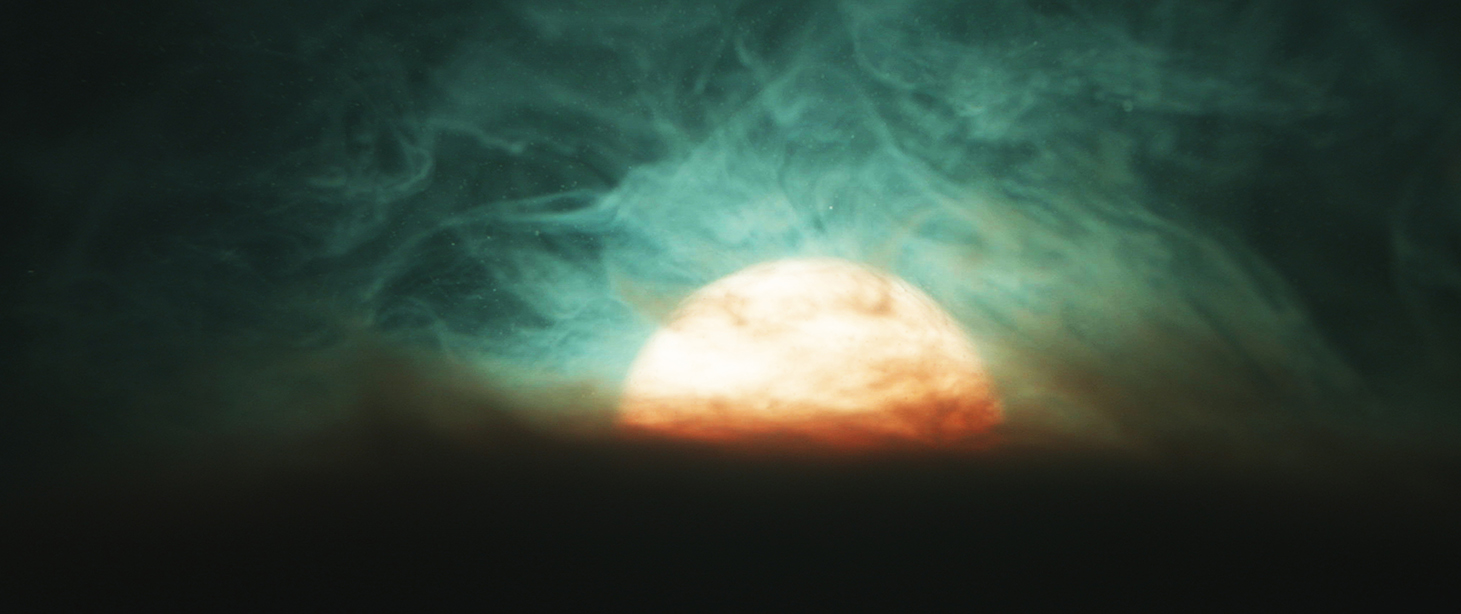
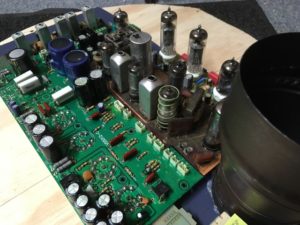
Building RC cars and taking things apart were among my favorite childhood activities and I remember taking an old stereo apart only to discover the glass vacuum tubes inside… The board and vacuum tubes reminded me of cityscape photos and I was quite fascinated by that visual metaphor. A peer’s work recently triggered the memory of those old vacuum tubes and I began to look on Ebay for scavenged amp/stereo boards. I came across an auction for a vintage radio circuit board and the first line said, “Great old project radio… I loved restoring these… Be creative!” For me this was a call to action, not only was this person using dot dot dot as effectively as I often do, (laughing @ self for excessive usage of …) but more importantly they were challenging me to be creative. I quickly bought that first piece for the project and then came the guilty about my intensions to submerse the board in water, LOL. During this collecting phase, I bought more circuit boards, beads, inks, syringes, fish tanks, etc.
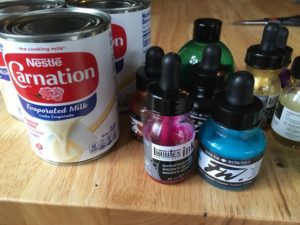
Many years ago, I had done some quick blood drop shots in water, but I had no strong experience in this area, so I searched the internet for information about ink drop footage. I found some solid information from people with different ideas on how to create this effect, but ultimately I decided to do my own tests. I found that a thicker concoction produced a slower mix and that was more desirable to my project preferences. With that said, if you drop milk into mineral oil you will get beads. That looks really cool, but it was not what I wanted for this project. Acrylic Ink mixed into evaporated milk and dropped into a solution of water and Miralax ended up being my brew of choice. Apparently, Miralax can do more than just help you poop! Who knew? I ended up using a fifty dose bottle of Miralax to produce each 5-gallon bucket of water for the shoot. That adds up to quite a bit of Miralax and a lot of concerned and embarrassing looks as you buy a lifetime supply of it at your local Costco. I ended up buying Kirkland brand to save money and it worked just fine. The last thing I did was kept the water quite cold to further slow down the mix.
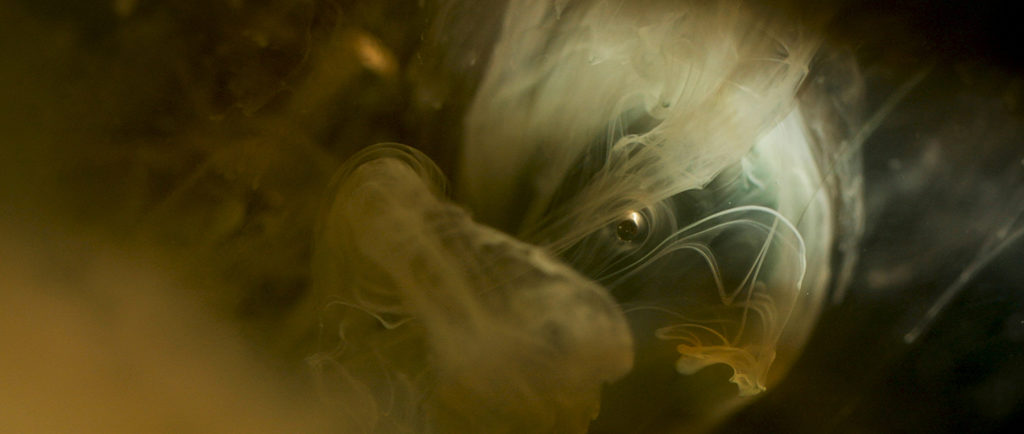
I want to back step for a moment. As I understand it, traditional Cloud Tank technique uses a bottom layer of salt water in the tank and then place a thin plastic tarp into the tank and fills that tarp with regular water. When the tarp/tank is full one must slowly and carefully slide the plastic out from between the salt and regular water in order to maintain the layers. This sounded like incredibly tedious work for me to do in a garage by myself. I opted not to even try this technique. Here is a great link that goes into more detail about Cloud Tank work. I have been referring to what I did as “Ink Drop”, but it obviously has its routes in Cloud Tank special effects, so I included that in the title.
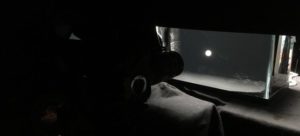
In order to keep the Miralax usage to a minimum I bought a 10 and a 5-gallon tank. You ruin the water pretty quickly so it is time consuming and the costs can add up. I designed my cityscape vacuum tube board to fit perfectly into a 10-gallon tank, but used a 5 gallon tank for the cosmic formation shots. I mention this as one 5-gallon mix of Miralax water approaches the price of a 5-gallon glass fish tank, so when possible, a smaller tank will save both cost and time.
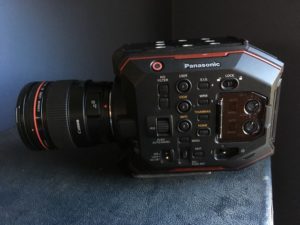
The film was shot with the Panasonic AU-EVA1 cinema camera. I used the 2k – 120 FPS internal record for this project and shot with a Canon 24-70mm 2.8 L, a 35mm 1.4 L, and a 100mm 2.8 L Macro IS lens. All footage was shot in V-Log at native 2500 ISO and stepped down to 1600 ISO. I always shoot the EVA1 with the internal noise reduction off and then do noise reduction in post. On this project, I liked the organic feel of the sensor’s noise and opted not to use any noise reduction.
(Product note: I have always loved the Panasonic color science and the EVA1 does not disappoint. This camera creates a wonderful picture that is really easy to work with and I am thankful to Panasonic for their hard work to provide the unit with firmware updates.)
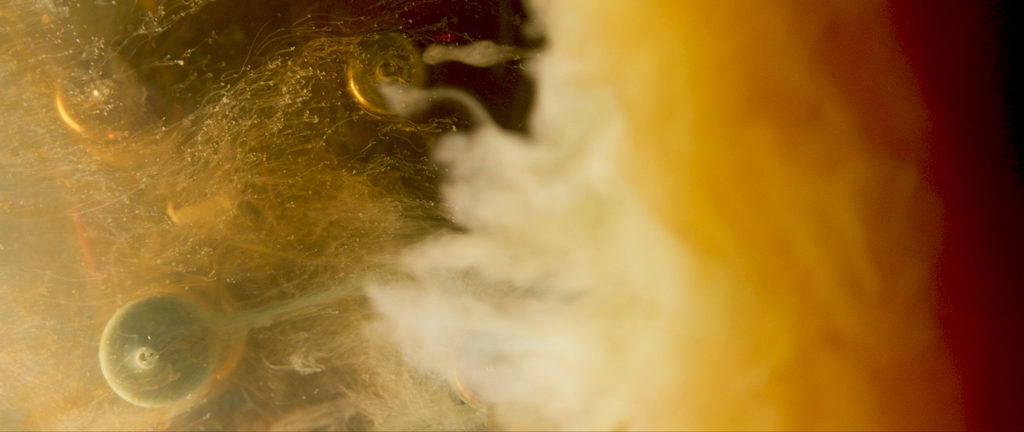
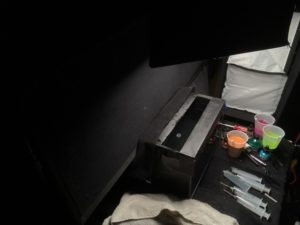
For lighting, I used one of my Westcott 1’ x 2’ bi-color flex lights, which allowed me to quickly dial in color temperatures from 2800-6000 kelvin. I also used a couple small flashlights and gels for effect. The lighting is mostly one source with more effort spent to control with black.
(Product note: I really love the flexibility in use and color rendition from my Westcott Flex lights, but have always felt they are a bit delicate in build and we have suffered 3 flex light failures on sets over 2 years. I always carry back up lights so it has not burned me in a meaningful way. I should point out that Westcott has a new updated product line that looks more robust and that is good news if you are looking to buy a unit.)
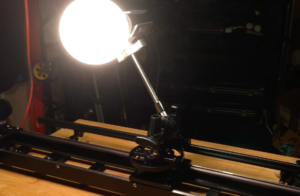
The moon in the sky shots were done with a large tungsten globe that I picked up at my local Home Depot. I rigged that light to my Kessler Cineslider with Oracle system in order to create the movement of the moon during the cityscape and cloud footage. The slider was placed about 10 inches behind the 10-gallon fish tank. I wrapped the support for the globe with duvi to hide any reflective surfaces.
(Product note: My Kessler Cineslider with Oracle control has been with me for nearly a decade, but has always been a sturdy and reliable tool for my work. Kessler makes solid products for sure!)
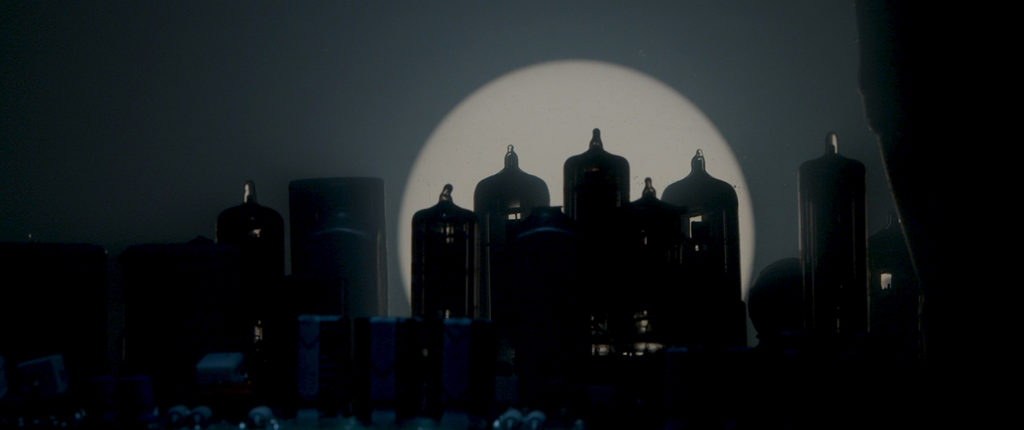
I really needed a second hand on this project when it came time to do the ink injections. So, I enlisted my 11-year-old daughter to help. She did a great job and I was thankful to have her on hand for this garage based shoot.
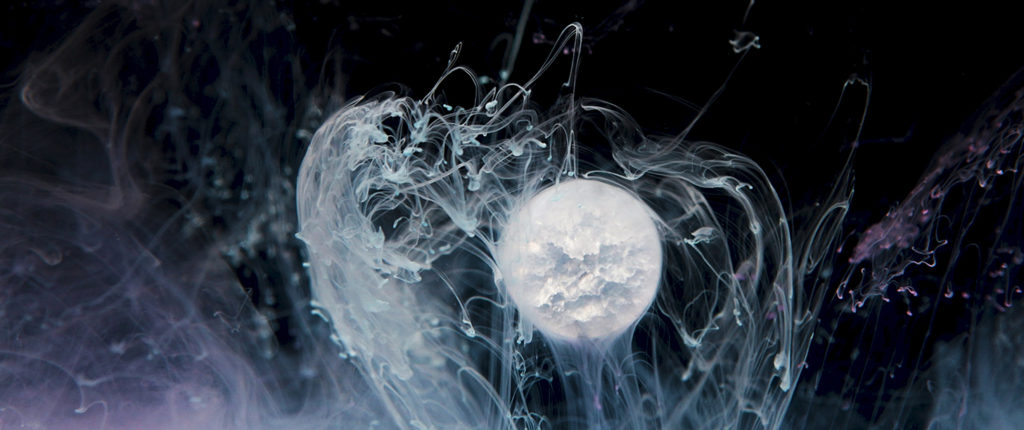
At this point I feel like I don’t have much else to say as it would be more about the underlying motivations and mean for the project and I would rather people just watch and take from it what they will, so with that I am kind of abruptly ending this article dot dot dot.
Here’s the Vimeo link for the the film MYSTERIUM or https://vimeo.com/304699970
The beautiful music came from www.themusicbed.com and was composed by the artist Hammock.
I appreciate you reading my blog and hope you enjoy the film.
Peace and Health!
Chris @ PulseCinema
About me: I am a Cinematographer working on film and video productions in Maryland, Washington DC, Virginia and beyond. I do also Direct but really enjoy collaborating with other Directors and am very happy to simply make images!
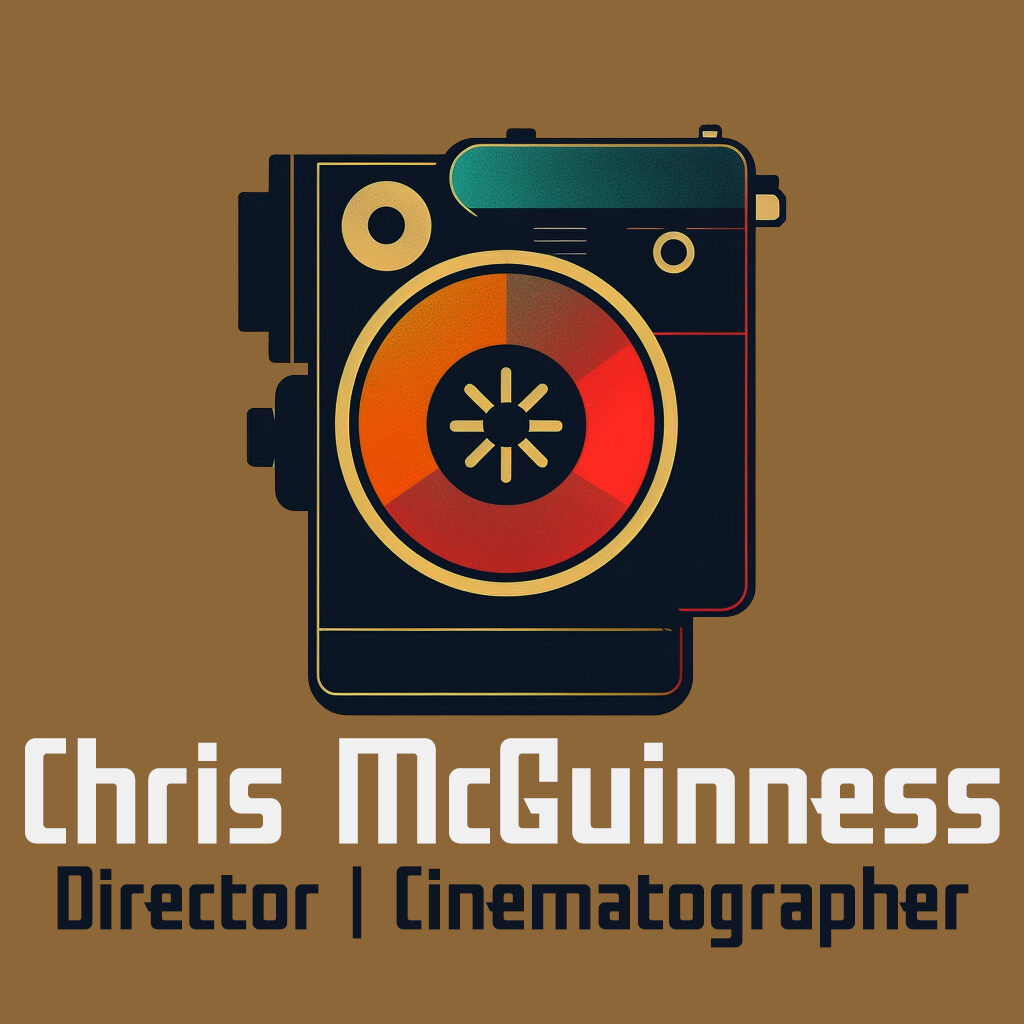
Recent Comments